Cricket
Gill shines in T20I, Hardik shines in his new role, and Kishan fails.
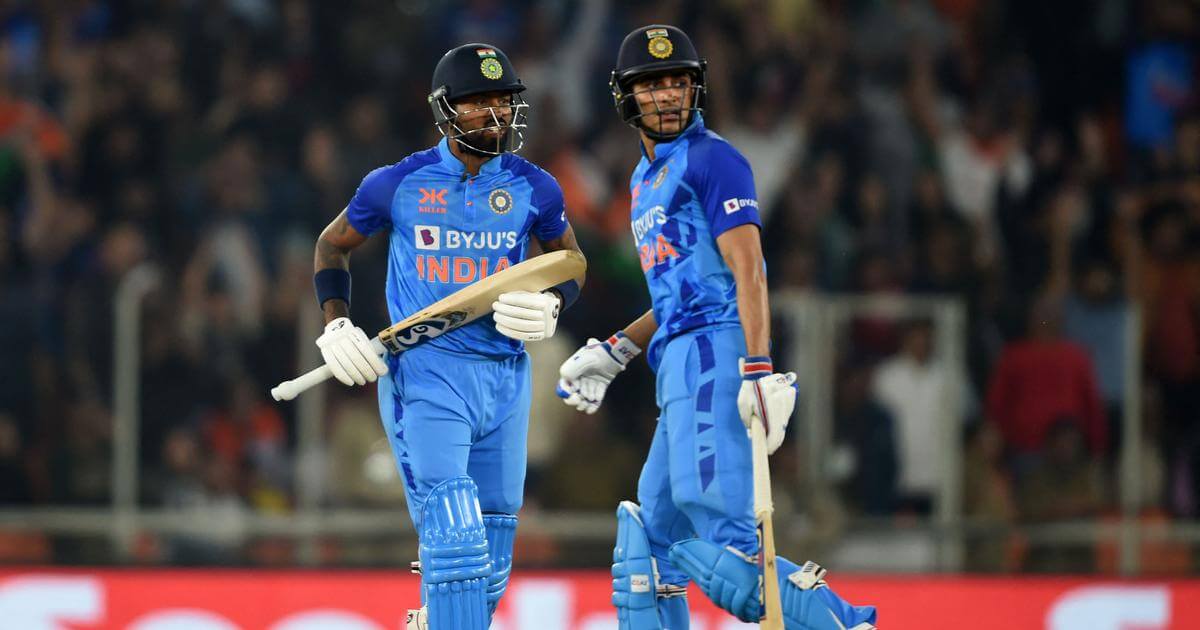
Shubman Gill shows off what he can do in T20.
People thought T20 was Shubman Gill’s weakest format and there were questions about his place as opener with Prithvi Shaw on the bench and scoring plenty of runs quickly. In his first five T20Is of 2023, Shubman Gill had scored just 76 runs. However, in the series-deciding match against New Zealand in Ahmedabad, he showed the world that he can do well in the shortest format.
Shubman Gill hit seven sixes, with a one-handed loft over long-off Blair Tickner being the best. Shubman Gill raced out of the crease and pumped Mitchell Santner in his sights. With his unbeaten 126 off 63 balls, which is India’s highest score in T20Is, Gill showed he can bat in all formats and made it tougher to get a place as India’s opener in T20Is.
Hardik Pandya’s new position
Captain. Anchor. MS Dhoni-like enforcer. With the ball the enforcer in midfield. Hardik has played various roles in T20 cricket and filled them well. When Jasprit Bumrah was not around, he played first ball in all six Twenty20 Internationals against Sri Lanka and New Zealand.
Hardik played smart in the third match against New Zealand by not opting for long shots on the pitch, which he said got “spicier” as the day progressed. Finn Allen and Glenn Phillips were both dropped from the team in the end. Even as India spared their best fast bowlers for the ODI in Indore, Hardik did his job with the new ball. Hardik is only the stand-in captain for Rohit Sharma at the moment, but he has already won two Twenty20 Internationals (T20I) this year and was player of the series against New Zealand.
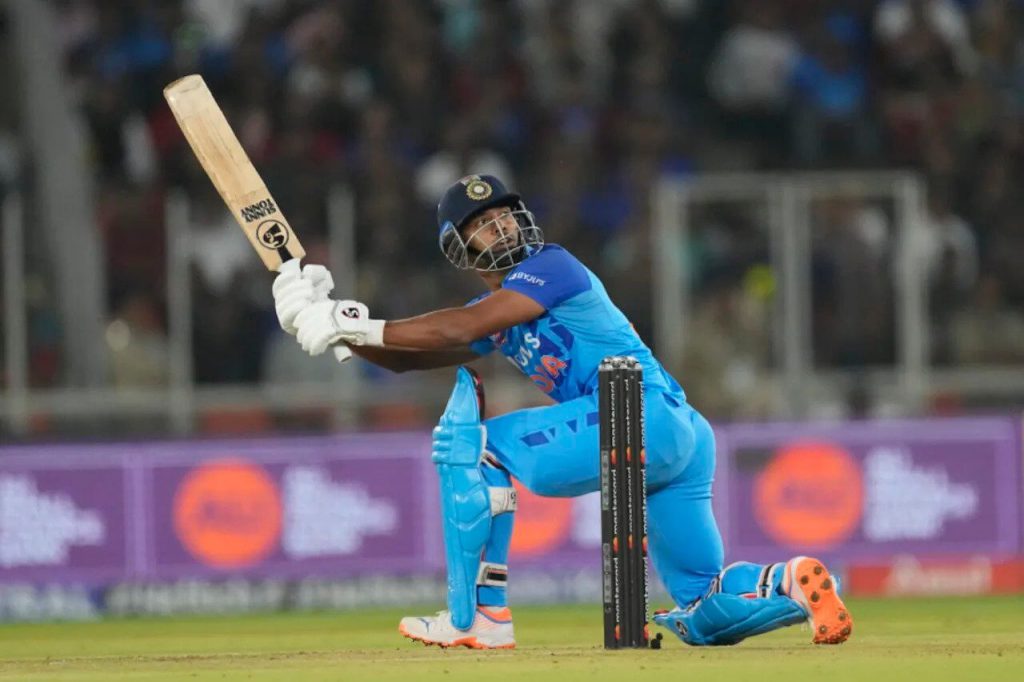
Rahul Tripathi hits the ball
Like Gill, Rahul Tripathi also scored two runs per ball in the third T20I against New Zealand. He scored 44 runs off 22 balls. But Tripathi’s early aggressiveness was what allowed Shubman Gill to play at his own pace. As he is wont to do on IPL, he smashed the ball over the top both in front and behind the wicket during the Powerplay. Tripathi’s attacking prowess and creative stroke play were also on display in Rajkot last month when he scored 35 off 16 balls against Sri Lanka. Recently, India’s head coach Rahul Dravid said Rohit Sharma and Virat Kohli are just taking a break from T20Is and India is yet to move away from them. Tripathi stands a good chance of becoming a regular T20I player with a little more consistency, with or without the seniors.
Kuldeep in front of Chahal?
Again, here we are. Kuldeep Yadav did not play in the T20Is against Sri Lanka, but when he got the chance against New Zealand, he took two wickets in nine overs at an economy rate of 5.44. If India’s recent white-ball games are any indication, Kuldeep seems to have replaced Yuzvendra Chahal as India’s first-choice wrist-spinner.
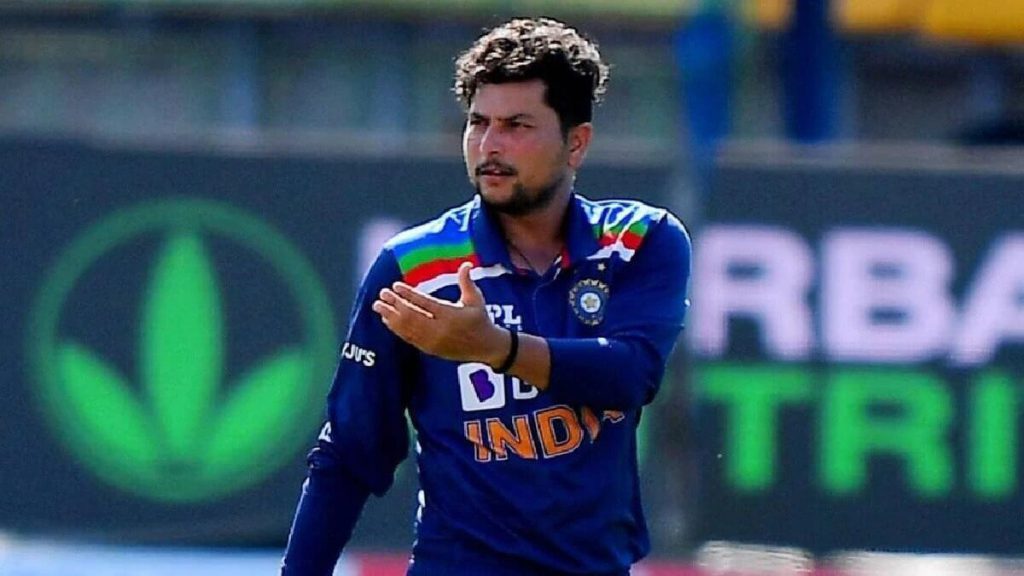
Sunil Joshi, India’s senior selector and a former Indian spin bowler, said earlier this week that he preferred Kuldeep to Chahal for India’s ODI World Cup team in October and November. Even though the T20 World Cup in the Caribbean and the United States is still 16 months away, early indications show that Kuldeep is also ahead of Chahal in the T20I rankings.
White-ball potential of Washington Sundar
Washington Sundar took his chance against New Zealand when Ravindra Jadeja and Axar Patel weren’t there. He did so with the ball as well as the bat. He didn’t feature in the T20Is against Sri Lanka and didn’t play much of a role in the subsequent ODIs against New Zealand, but he was an important part of India’s victory in the T20Is. The statistics show that Washington was the most valuable player of the series with 168, more even than Gill (162.8).
In the powerplay of the first T20I in Ranchi, he threw balls that were impossible to hit. Then he scored 50 runs off 28 balls from number 6. Hardik, his captain, was so impressed with how well he played in all areas that he said the game was fast becoming Washington against New Zealand.
Growing up in Chennai, Washington was thought to be the next great batsman from the city, like M Vijay or Abhinav Mukund. But now he’s following the example of Dinesh Karthik and trying to become a specialist in finishing T20 cricket like Karthik.
Ishan Kishan’s form fades
Ishan Kishan had a golden opportunity to consolidate his position as India’s first-choice T20I wicketkeeper in the absence of KL Rahul, Sanju Samson and Rishabh Pant. He managed the fastest double-century in ODI cricket as recently as December, but his scores have plummeted since then. In the T20I series against Sri Lanka and New Zealand, Kishan struggled with spinners, scoring just 29 runs off 43 balls and was run out three times. In six innings, he conceded 64 runs while striking out 84.21 batsmen. Kishan’s performance could force India to look elsewhere for an opener who can get off to a fast start.
Cricket
1000 Runs in ODIs: Kohli’s Cricket Legacy
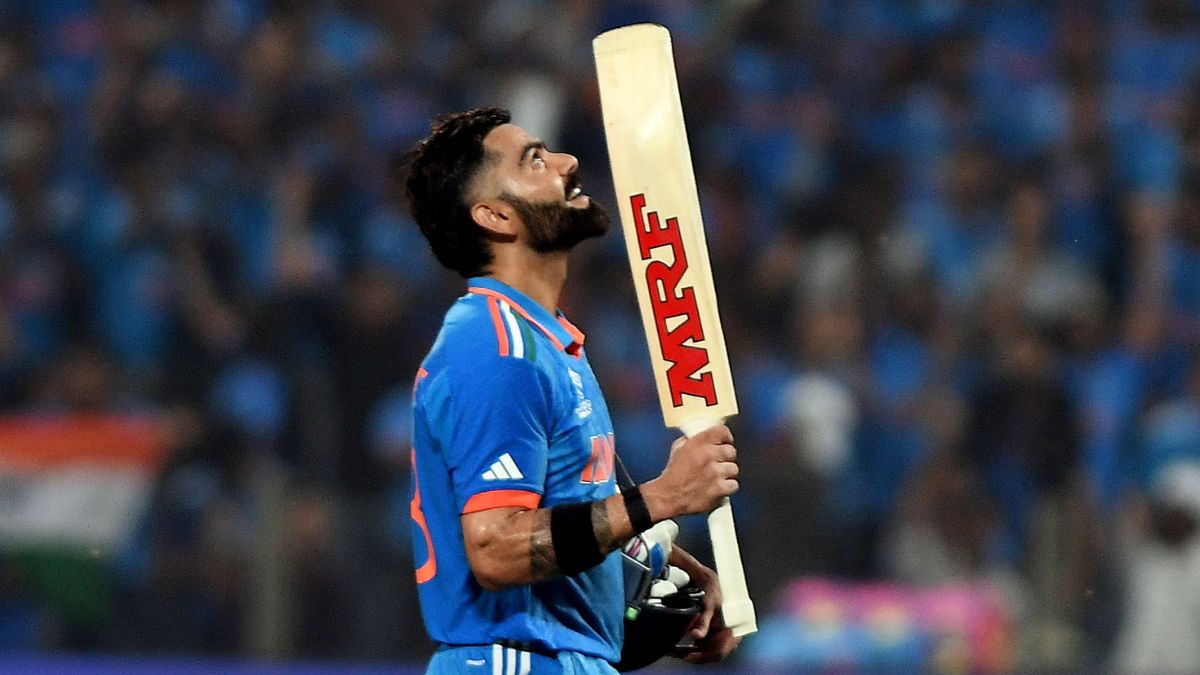
On Thursday, November 2, Virat Kohli achieved an accomplishment. He became the batsman to surpass 1000 runs in ODIs in 2023, following in the footsteps of Shubman Gill and Rohit Sharma. Not that,. He also joined Rohit Sharma, Shubman Gill, and Pathum Nissanka as the fourth players to achieve this impressive record in the 50-over format within the same year.
Stepping into History with 1000 Runs in ODIs
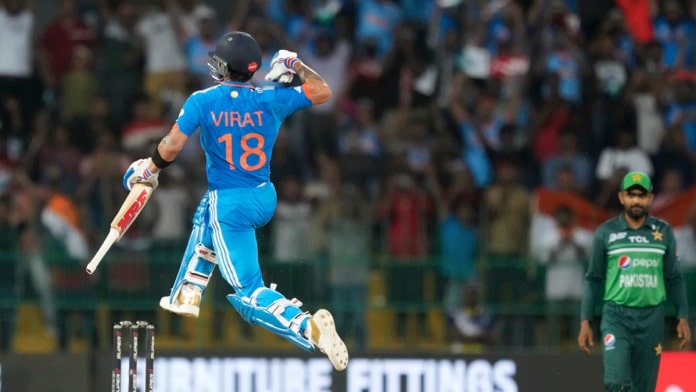
Entering the realm of history, Kohli’s unwavering determination and exceptional skills were put on display during his match in 2023. Notably, the cricket maestro, now 34 years old, made an indelible impact by surpassing Sachin Tendulkar‘s record, securing the most number of years with 1000 runs in ODIs. Kohli’s consistent ability to perform at such an exceptional level has been a defining characteristic of his illustrious career, as he had previously achieved this monumental milestone in 2011, 2012, 2013, 2014, 2017, 2018, and 2019, before accomplishing it once again in the present year of 2023.
Sachin Tendulkar with god of cricket Virat Kohli pic.twitter.com/zmztejNBBB
— Kevin (@imkevin149) November 2, 2023
An Unforgettable Journey
In an intense World Cup 2023 clash against Sri Lanka at the renowned Wankhede Stadium in Mumbai, Virat Kohli’s pursuit of this historic milestone was realized with an impressive 34 runs. Despite facing challenges, including a rare duck against England at the Ekana Stadium in Lucknow, his overall performance throughout the year has been nothing short of spectacular.
Kohli’s memorable journey was highlighted by an unbeaten century during India’s triumphant seven-wicket victory against Bangladesh at the Maharashtra Cricket Association (MCA) Stadium in Pune. Adding to his illustrious record, he solidified his stature with a brilliant 95 runs, making a significant contribution to India’s thrilling four-wicket win over New Zealand led by Tom Latham at the Himachal Pradesh Cricket Association (HPCA) Stadium in Pune.
Cricket
Shaheen Shah Afridi: Fastest to 100 ODI Wickets

Shaheen Shah Afridi, on Tuesday, October 31, achieved a remarkable feat, becoming the third fastest bowler to secure 100 wickets in ODIs. His outstanding performance during Pakistan’s World Cup 2023 match against Bangladesh at the renowned Eden Gardens in Kolkata led to this historic accomplishment.
A Landmark Moment
In the thrilling encounter, Shaheen clinched his 100th wicket in only his 51st match, dismissing Tigers’ opening batter Tanzid Hasan Tamim. The left-arm fast bowler displayed exceptional skill as he struck Tamim on the pads, prompting the on-field umpire to raise his finger. Despite Tamim’s referral to the third umpire using the Decision Review System (DRS), the replays confirmed the ball crashing into the stumps, upholding the on-field decision. Bangladesh lost their first wicket with the scoreboard reading 0 in just 0.5 overs.
Shaheen Afridi soars high yet again with another feat to his name 🦅#CWC23 | #PAKvBAN pic.twitter.com/IlQQ6P5xYK
— ICC Cricket World Cup (@cricketworldcup) October 31, 2023
Surpassing Preceding Records
Shaheen Shah Afridi not only secured this feat in record time but also outshone the accomplishments of esteemed bowlers preceding him. He surpassed the record of the fastest pacer, previously held by Mitchell Starc, who attained the milestone in August 2016 during an ODI against Sri Lanka at the R. Premadasa Stadium in Colombo.

Legacy of Excellence
Moreover, Shaheen shattered the long-standing record held by Saqlain Mushtaq, becoming the fastest Pakistani bowler to claim 100 wickets in ODIs. Saqlain had set this record on May 12, 1997, during an ODI against Sri Lanka in Gwalior. It is notable that among the Pakistani fast bowlers, the accomplished Shaheen Shah Afridi follows in the footsteps of the legendary Waqar Younis, who achieved the 100-wicket mark back in February 1993 against Zimbabwe in Sharjah.

Beyond ODIs
Demonstrating his prowess beyond ODIs, Shaheen has made significant contributions in Tests and T20Is as well. Since his debut in 2018, he has garnered 105 wickets in Tests and 64 wickets in T20Is. His exceptional journey began with a strong performance in the U19 World Cup in New Zealand. Notably, he played a pivotal role in Lahore Qalandars’ consecutive victories in the Pakistan Super League (PSL).
A Testament to Talent and Dedication
Shaheen Shah Afridi’s rapid rise to 100 ODI wickets within 51 matches underlines his exceptional talent and unwavering dedication to the sport. As he continues to leave an indelible mark on the cricketing world, his journey serves as an inspiration for aspiring cricketers worldwide. With his remarkable achievements, Afridi has solidified his place in the annals of cricket history, etching his name as one of Pakistan’s most formidable and promising fast bowlers.
Cricket
ICC World Cup: Shoaib Akhtar says, ‘Mai India ki tareef kyu na karu’

Former Pakistan fast bowler Shoaib Akhtar has recently expressed admiration for India’s dominant performance in the ongoing 2023 ICC World Cup. With India securing victories in all six matches, Akhtar highlighted the team’s exceptional display across various aspects of the game. Although the recent batting performance against England in Lucknow was relatively modest, India’s fierce bowling attack, led by Mohammed Shami and Jasprit Bumrah, proved instrumental in securing a remarkable win. This triumph not only solidified India’s leading position on the points table but also exacerbated England’s struggles in the tournament, leaving them virtually eliminated.
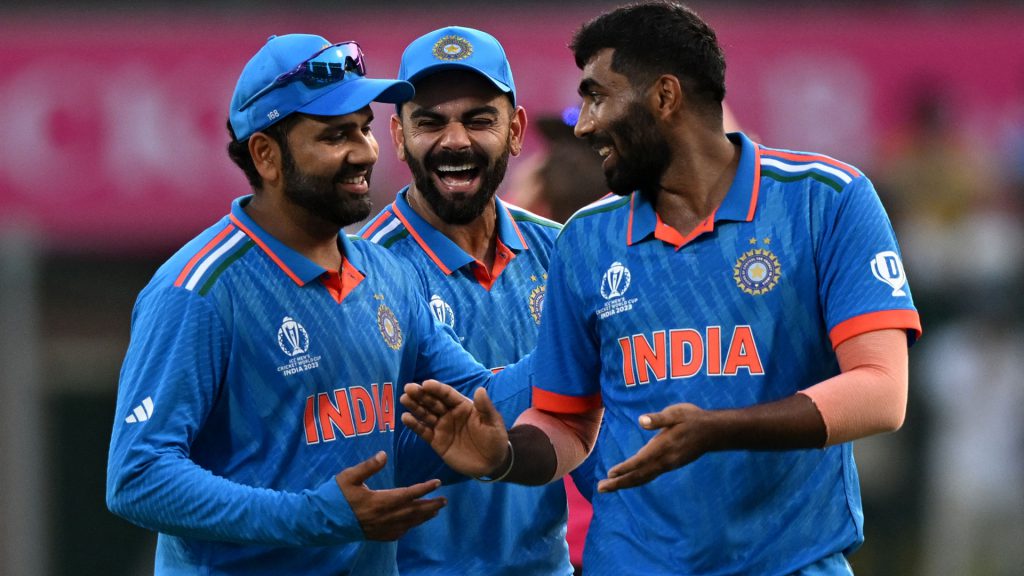
India’s Remarkable Bowling Transformation
In his analysis, Akhtar emphasized the transformative impact of Shami’s inclusion in India’s playing eleven following Hardik Pandya’s injury. Acknowledging Shami’s outstanding performances against New Zealand and England, Akhtar credited India’s ability to win matches through their bowling prowess, showcasing a shift from their traditional reliance on batting strength. He commended the collective effort of the Indian bowling unit, particularly recognizing the strategic brilliance of fast bowler Bumrah.
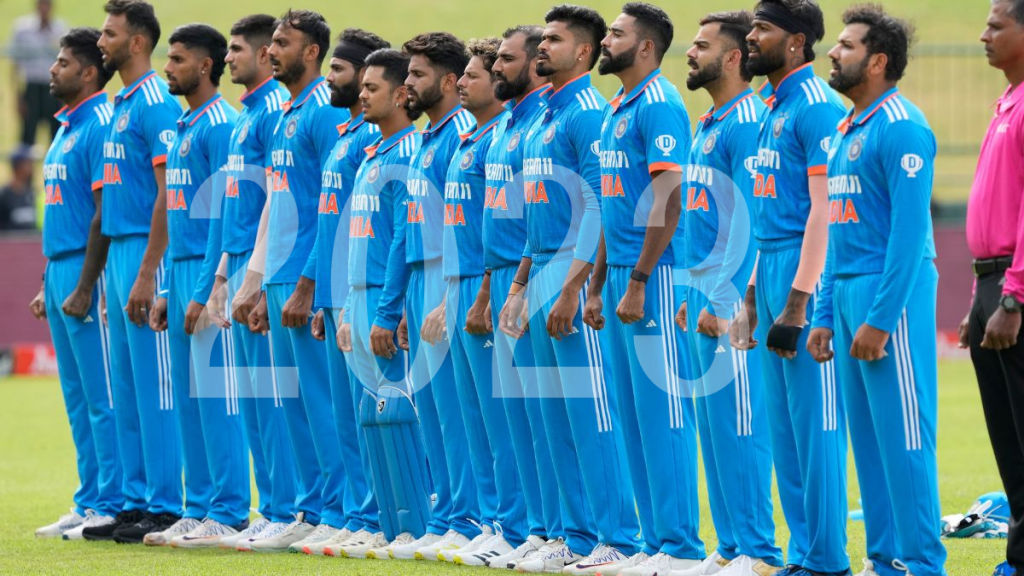
India’s Path to World Cup Glory
Looking ahead, Akhtar voiced his confidence in India’s potential to secure their third ODI World Cup trophy, highlighting the team’s upcoming matches against Sri Lanka, South Africa, and the Netherlands. Expressing optimism, he emphasized the significance of maintaining their unbeaten streak en route to the final, setting the stage for a potential historic ICC World Cup victory. However, Akhtar cautioned against compromising the successful bowling unit once Pandya returns to full fitness, warning against the potential detriment of a partially fit Pandya’s inclusion at the expense of a bowler.
Akhtar’s Praise for India and its Response to Criticism
Addressing skepticism surrounding his praise for the Indian team, Akhtar reiterated the exceptional nature of India’s performance, particularly in their ability to defend a modest total with a significant margin of victory. Undeterred by criticism, Akhtar reaffirmed his admiration for India’s exceptional cricketing prowess, urging acknowledgment and appreciation of their commendable achievements.
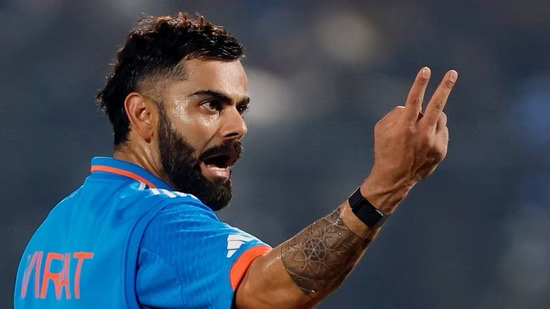
Shoaib Akhtar’s Perspective on Virat Kohli
Shifting focus, Akhtar’s history of praise extends beyond team performances to individual players, notably including former Indian team captain Virat Kohli. Reminiscing on Kohli’s resilience during a challenging phase in his career, Akhtar highlighted the pivotal role played by Kohli’s consistent century-scoring performances, leading to India’s victories. Recognizing Kohli’s contribution to the team’s success, Akhtar emphasized the significance of Kohli’s monumental centuries during crucial chases, solidifying his status as a crucial asset for the Indian cricket team.
In a comparison between Kohli and the legendary Sachin Tendulkar, Akhtar acknowledged Tendulkar’s status as one of the greatest batsmen while highlighting the challenges Tendulkar faced as a captain. Drawing parallels, Akhtar expressed confidence in Kohli’s eventual resurgence, expecting him to return to his prolific scoring form once he finds his equilibrium.
In summary, Akhtar’s acknowledgment of India’s exceptional performance and his recognition of individual players’ contributions underscore the team’s formidable presence in the 2023 ICC World Cup, setting the stage for a potential historic triumph in the coming days.







You must be logged in to post a comment Login